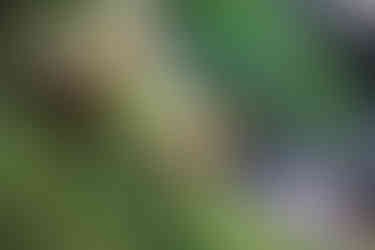Edible Wild Enoki vs Deadly Galerina
- Kara Thornton
- Dec 22, 2021
- 2 min read
During the winter months we can still forage delicious edible mushrooms, but always know your lookalikes!
Flammulina velutipes "Wild Enoki" vs Galerina Marginata "Deadly Galerina"
Unfortunately, these two mushrooms like the same environments as they both feed off dead wood and can fruit through the cold weather seasons. You may even find a group of "Deadly Galerina" feeding off the same fallen log as your "Wild Enoki," which is why it is IMPERATIVE to understand the differences between these mushrooms. The table below shows the most significant differences between the two species:
| Edible Enoki | Deadly Galerina |
Cap | Typically Viscid & Sticky with a Slime | Dry Except in Rainy Conditions, + Hygrophanous |
Gills | Whitish to Bright Yellow | Yellow to Brown |
Stipe | Velvety base, typically orange to dark brown | Typically features a ring and no velvety base |
Spore Print | White | Rusty Brown |
As you can gather from the table, the most vivid distinguishing factor between the two mushrooms is the spore print. The Deadly Galerina's dark, rusty brown spore print will boldly distinguish itself from the edible Enoki mushroom's white, bright spore print. The other characteristics typically vary with environmental factors so it's important to take the time to make a spore print. Once you start to study and recognize these differences in the field you'll become capable of recognizing these differences as a whole.
The caps of these two mushrooms can appear extremely similar in certain conditions and typically sport the same hues, but the Deadly Galerina's cap is hygrophanous. The definition from Wikipedia states,
"The adjective hygrophanous refers to the color change of mushroom tissue (especially the pileus surface) as it loses or absorbs water, which causes the pileipellis to become more transparent when wet and opaque when dry"
with "pileiellis" being a fancy word for the skin of the cap of the mushroom essentially. Here's an example of the Deadly Galerina's hygrophanous characteristic so you can recognize it in the wild:

So that discoloration in the cap is created by the mushroom's flesh and cap absorbing water, causing light and dark patches on the surface.
So what's so deadly about the Galerina?
The Deadly Galerina has a chemical compound called amatoxins that can cause liver failure, kidney failure etc. which leads to death. This is a great example of why you should NEVER eat a mushroom you haven't 100% positively identified!!
Sources:
Adam Haritan's Foraging Wild Mushroom's Course
Walter E. Sturgeon's Appalachian Mushrooms: A Field Guide
Wikipedia
.png)










Comments